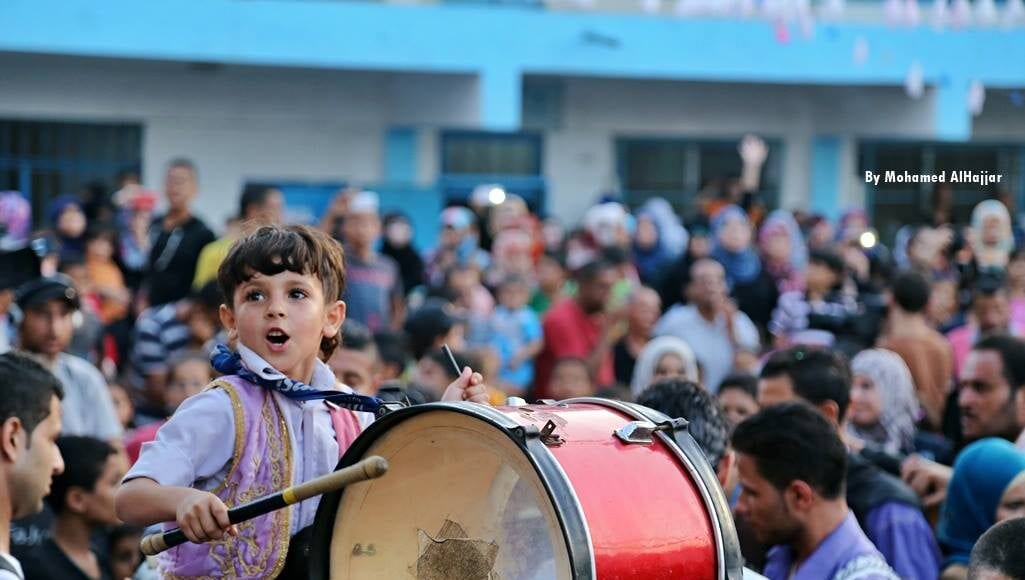

Every culture has its own language, its own spirit, and its own “Nakba” which leads to an epoch of its own. And all Palestinian culture has gathered in the form of a paradisiacal landscape that is as much made of its surroundings as its people. The beauty of any nation comes from a collection of these epochs, all of them affecting aspects of life from Art to Culture, to a place’s cuisine, its literature, its concerns, moods, politics, and the portrayal of that politics. But what often goes unnoticed is the reaction of a people to all these external factors. Palestine’s location, on the Mediterranean, as the crossing that links Asia and Africa, has made it the Mecca for visitors, traders, religions, and enemies for ages.
This played a significant role in having many archaeological sites from different civilizations throughout history. In addition to that, Palestine is one of the few countries with a wide variety of land features, from seas and lakes to deserts, and from high mountains to deep valleys.
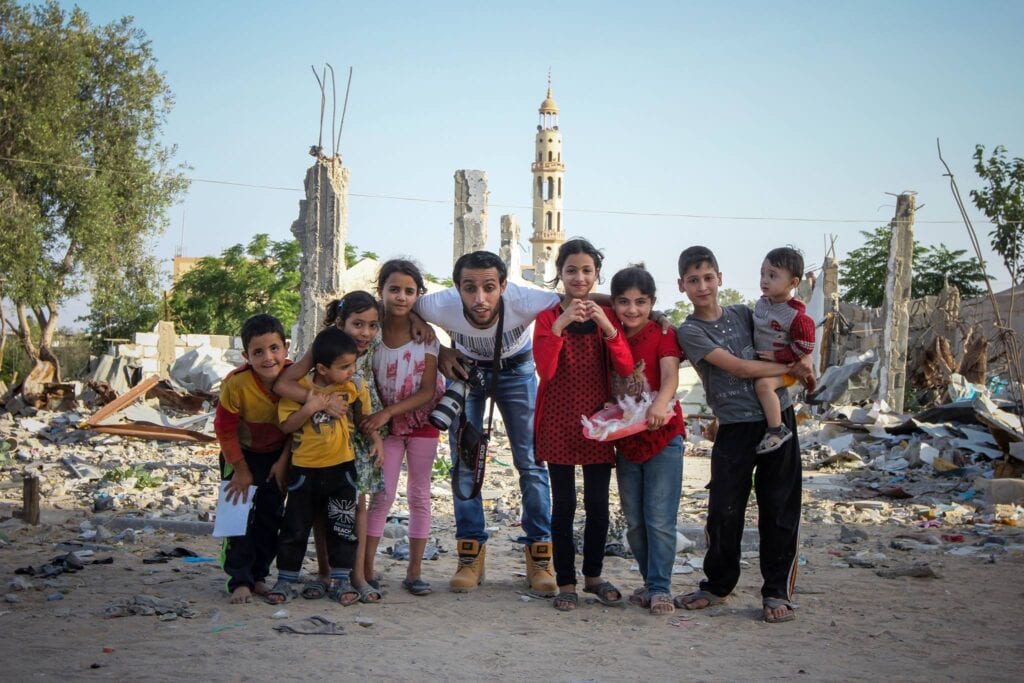
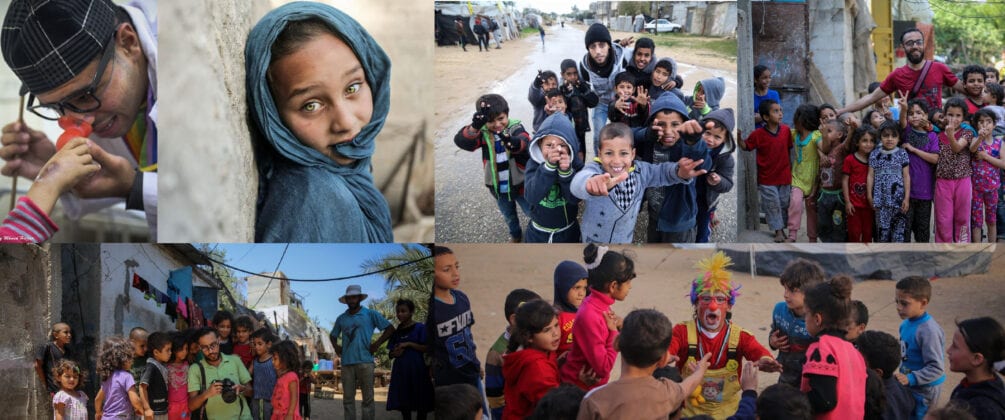

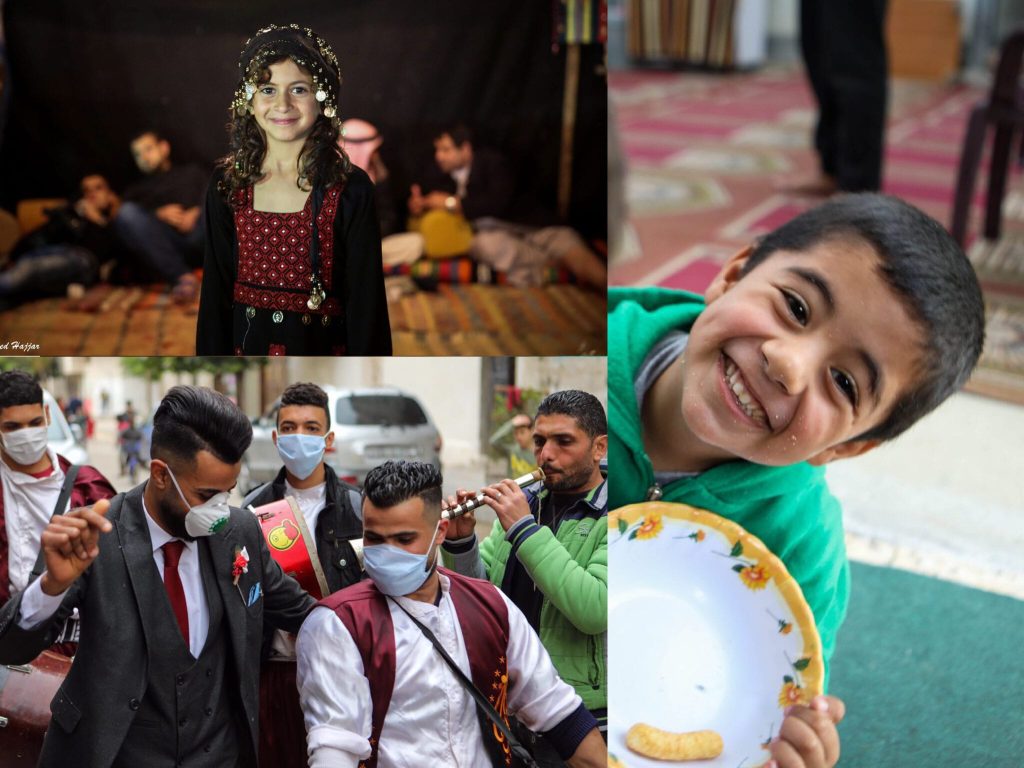

The social customs and traditions in Palestine are quite like that of the other Arab countries in the world. Initially, if you take out its history, you will find that Palestine was largely an agricultural society and the majority of the human social lives were limited to the villages only. Only a couple of cities did exist back then, like Jerusalem, Gaza, and Hebron that specialized in the manufacturing industry but largely the area was driven by the business generated from its agriculture sector. It was later in the years when education started to prevail within the Palestinian society that the cities started to grow and eventually enabled the educated class to grow as well in terms of their social class and status altogether.
A landscape is not defined by spatial restrictions, but perhaps, the most innocent and diverse of cultural paintings that no artifice can paint. It comes from the spirit of the people who live there. There are many names for Palestine — Holy Land, Promised Haven, Holy City, City of Harmony, City of God, City of Love. It is all kinds of people and more to the inhabitants who live there — but there is one particular name common to all of them, Home, the logic of a landscape bedevils local and international calamities — Israel/Palestine, Islam/Non-Islam, Terrorism/Security. Palestine is beyond dichotomies that are in any way restricting to its ethos. To make sure it does not go down in the annals of history having been forgotten, buried in beautiful ruins, Miko Peled — Author, Writer. Speaker, Human Rights Activist — and above all, Palestinian, represents the Palestinian aspirations through his actions. Having grown up in Jerusalem, he recognizes the futility of these binaries as well as anyone.
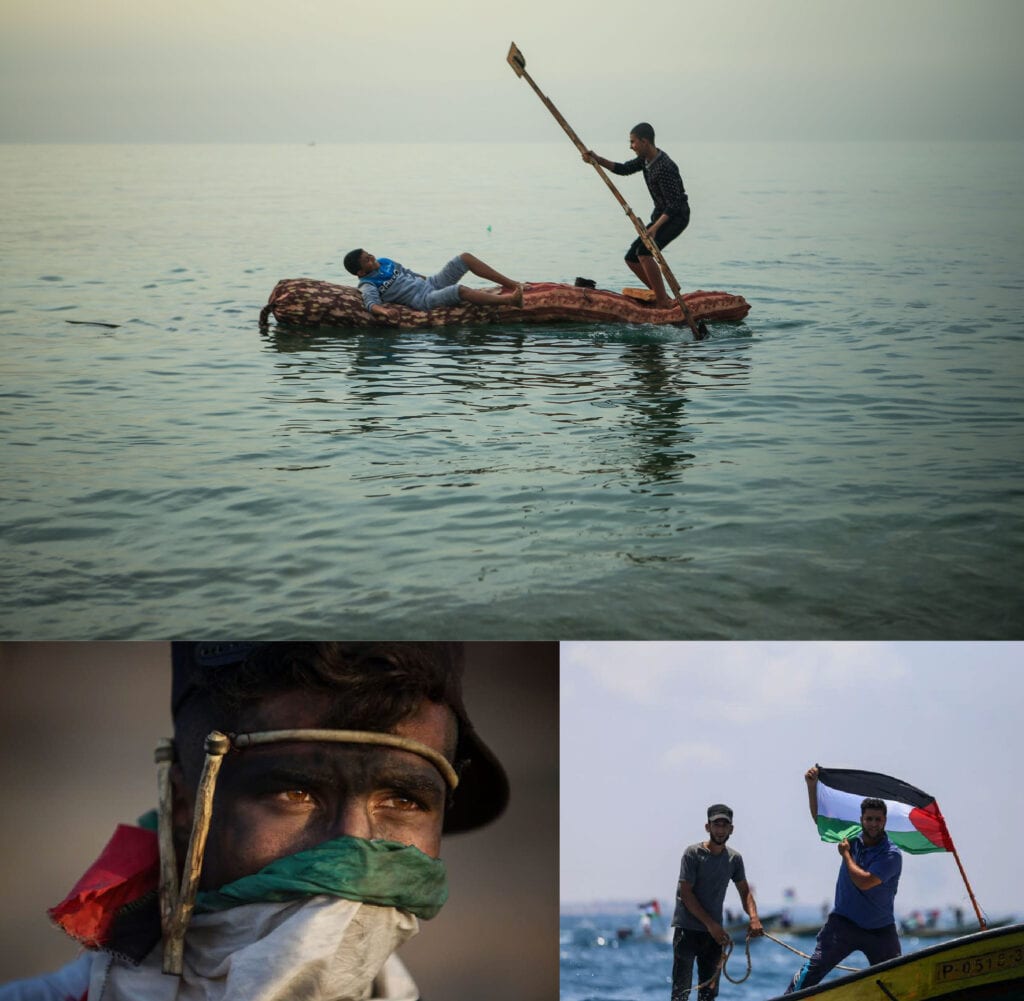

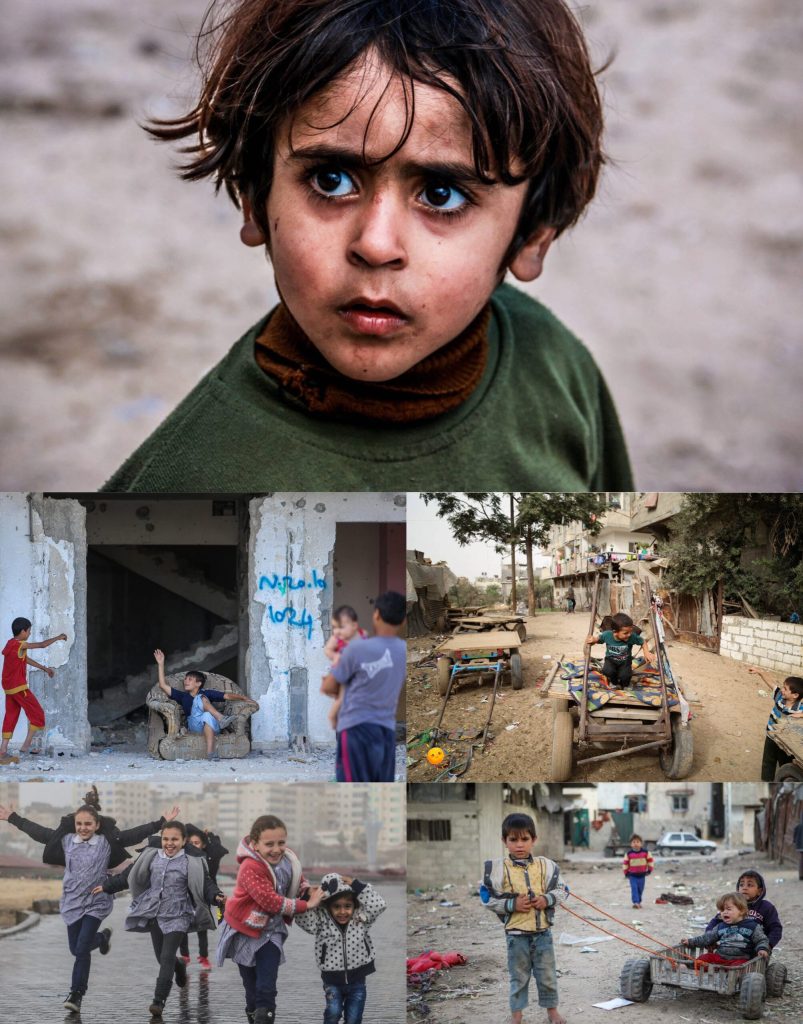
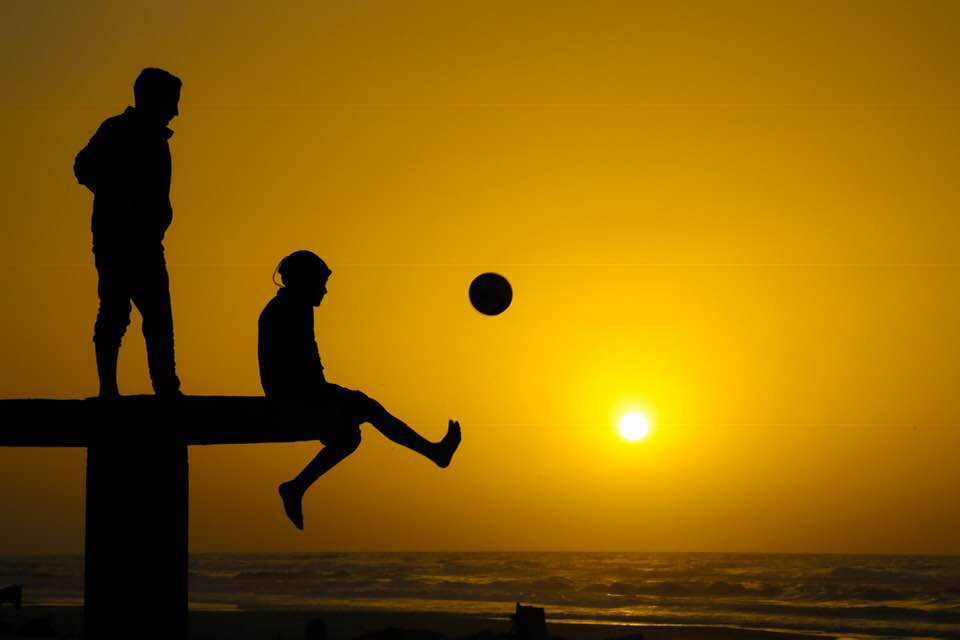

The heart of every place is its art and culture. The certain dreams that reside in the heart of each Palestinian heart, extend a warm welcoming embrace to each guest and treats each otherwise unbearable exhaustion as a source of inspiration, strength, and respite. Even though there is anguish in each, there is also an equal amount of beauty on God’s earth. Palestine is the epitome of that beauty that comes from resilience, and a soul that is ready to never despair, but tackle each burden head-on, with the complete cooperation and support of its communities. The beauty of a boundless, timeless eternal landscape like Palestine’s is that it is not bound to a landscape but occupies a soul that is characterised by all these elements. Multiple strokes of colour embellish the Palestinian spirit, and one of those brushes is Miko Peled. As Peled himself pleads to the public in an interview with MEMO: “this entire generation that is alive today will be judged by our stance on Palestine…I think we’ll all want to be in a place where when our children and our grandchildren ask us where we stood, we can say we stood on the side of justice.”
The people are collectivist and social. Dabkah ‘Stamping of the feet’, a spirited way that fostered social relations through dancing. Hand in hand, shoulder to shoulder, and half-covered with Palestinian Kufiya conveying their unity, harmony, and resilience – dating back centuries. Not to mention that Palestinians are very welcoming to tourists, and they would go so far as to host them in their own houses. Hospitality is one of the Palestinian culture’s most notable features: they like to take tourists and show them around the land.


Connecting individuals in the single quest for justice, miles away George Galloway — a Scottish citizen and former MP for the Labour Party and the Respect Party, broadcaster and writer — recognizes the Palestinian spirit for justice, peace and equality as well. When a piece of land is able to unite citizens as diverse as Peled and Galloway, one is made to look up at the sky and see the clouds that cover the heads of people without discrimination, leading us through to the next channel, the next path, the next journey. Even when sometimes shadows pass over us, the clouds ensure that they are only temporary as they move forward to cover the extent of some other town, raining down on the heads of the pious, fallen, sinning, serene, chaotic all the same, with the same exposure, with the same chances of rain, falling as per destiny. All this represents is more than a certain future. Palestine represents the beautiful uncertainty of life as we know it.
It is true that each banner, each flag, each sacrament on earth requires sacrifice, and the ragged way the Palestinian body still creates beauty with each breath, without fear, dread, it dreams on, and thinks, and paints its glory into rich portraits. So distinctive is the Palestinian painting that to quarter it exactly as is, would be impossible, because it is so interconnected in each part and element. The resilience with which this body — tired, dogged, rugged — still holds on to each of its parts, in a state of harmony with itself, guarding and expanding its rich heritage, is testament to the Palestinian spirit. Not only composed of the indentured spirits of immigrants but also memory and history which brings the Palestinian spirit together. It’s holy landscape is evocative of the myths and the realities concerning this place — each equally jolting in their beauty — where the same children play on the site of graves, where life succeeds death, and hope seems the common denominator between each, from Galloway to Peled to the newborn child who is born on Palestinian soil.

This dream was dreamt too by a number of the immeasurably resilient spokespeople, who refused to let Palestinian culture die, instead waging a war with itself to preserve the body and the memory of each sacrifice in a veritable truth — not born of desperation, lies, or deceit, but of a searing honestly which is as soothing and warming as the Palestinian sun that shines over the Deir Ghassaneh, and then washes over the anxiety and anguish of war, rejuvenating the spirits of Palestinian youngsters who play in the courtyards of The Church of Nativity, or anyplace they can find peaceful camaraderie in. Of this appraisal of the spirits of Palestinian youngsters, one can only serenely ponder, because it is beyond those who are isolated individualised in this globalised world. However, adversity binds the branches together, ready to face the toughest winds, makes a person more conducive to the any little cause for celebration. This state cannot truly be put into words because our memory and appearance of it is so far removed from the swelling and overflowing, all-encompassing comfort of the Deep Sea lapping up the sand on the Kalia Beach.



You ought to visit the renowned, Al-Aqsa Mosque which relays a significantly profound connection with Islam. This mosque has a great deal of value in the chronicles of Islam, located in the heart of the Old city of Jerusalem, it is considered the third holiest site for Muslims all over the world. This site is not only significant to the Muslims, but also to the tourists who wish to gain deeper insights on the Palestinians culture.
The experience here at Al-Aqsa Mosque is completely indescribable and the visitors tend to emphasize upon its extremely soothing Adhaan (call to prayer) that cannot be experienced anywhere else in the world. The Abraham Mosque is also one of the most historic mosques in the region, resounding value across the world. Erected over a cemetery where the graves of the four prophets of Islam lay, Ibrahim, his son Isaaq, son Yaqoob and Yusuf. Also, the resting place of Prophet Ibrahim.
Palestine was the heart of many civilizations, from the Canaanites to the Romans to the Ottomans. These periods of distinctive existence have left a plethora of historical monuments that are still lasting proof of the Palestinian heritage. One of the most ancient of these landmarks is the Wall of Akka and the Roman Amphitheatre, constructed during the reign of the Roman empire. Hashim’s Palace in Jericho is surrounded by fancy restaurants that tourists go to so they can catch a breath in the heat of Jericho’s summer after going around the glorious palace and feasting their eyes upon its royalty and greatness.
In Gaza, you will uncover famous historical areas, such as the Al-Omari Grand Mosque, more than 3000 years old. After a tour around the mosque, tourists can go to Hamam Al-Sammara (a traditional steam bath) to relax. Another magnet is Souk Ad-Dahab (gold market) which is also situated in the old town. Also, a place where young people frequent to buy gold as a dowry to get married. Visiting this market is an interesting and genuine way to get to know the social norms and traditions of Palestinians living in the Gaza Strip.
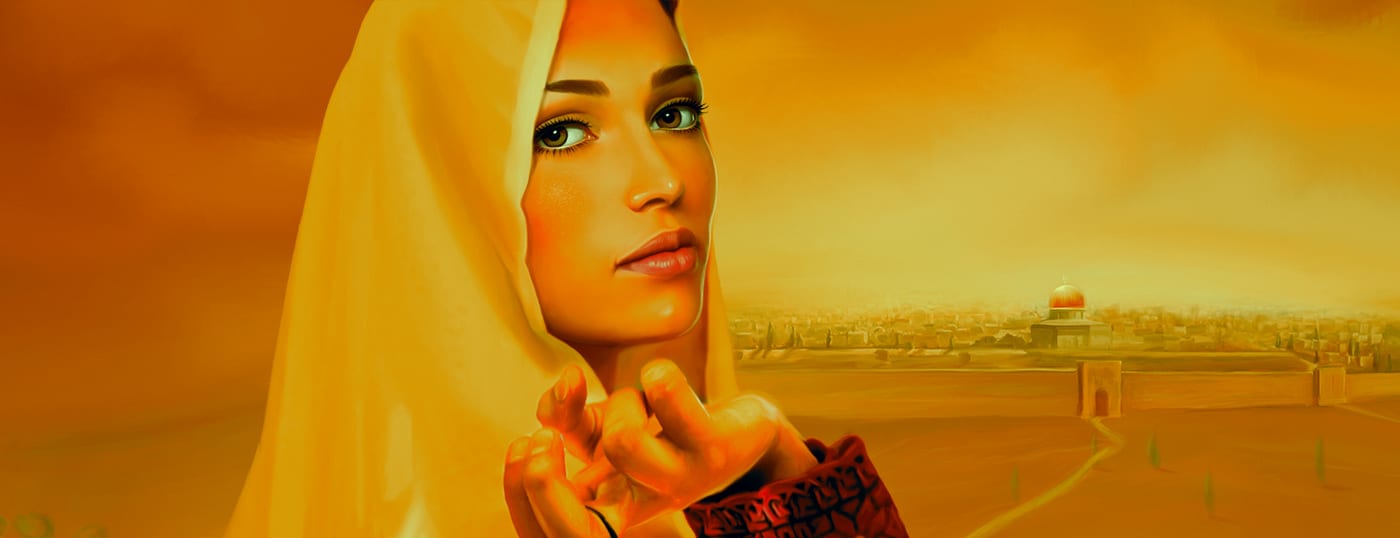

The people who may have a taste for Mediterranean food, will be enticed by the variety of food Palestine has to offer to its visitors. Its cuisines are quite like its neighboring countries: Syria, Egypt, and Lebanon: hummus, baba ghanoush, falafel and tabouli. The region has also some famous dishes that are widely popular amongst the locals like: musakhan, shakshuka, maqluba, djej mahshi (chicken stuffed with rice).
From the Old City of Jerusalem and the holy mosques and churches, it encompasses to more modern and industrial cities, from the olive oil produced from the mountains of the West Bank to the railroad built in Battir village near Bethlehem Palestine is a salad bowl containing diverse elements existing in total harmony together. Tourists can visit Jaffa and Haifa, for example, to eat from their famous delicious and organic fruit, especially oranges. And tourists cannot go to Nablus without buying the Nabulsi soap or trying out the famous, mouth-watering Nabulsi dessert, kanafeh.
Palestinian families and friends during the fall gather to pick olives and sing folkloric melodies peacefully together. Then olives are pressed into oil. A Palestinian household is not fully furnished without olive oil bottles in the kitchen. Well-known proverb that Palestinian use all the time about olive oil, “Al-Zeit Emad Al-Beit,” meaning that olive oil is the founding brick of every household. It is used in the famous Palestinian dish Musakhan (roasted chicken with onions and sumac) and Hummus Fatta. Tourists will experience different flavors of the food when they come to visit Palestine: flavors that carry with them grace and legacy.
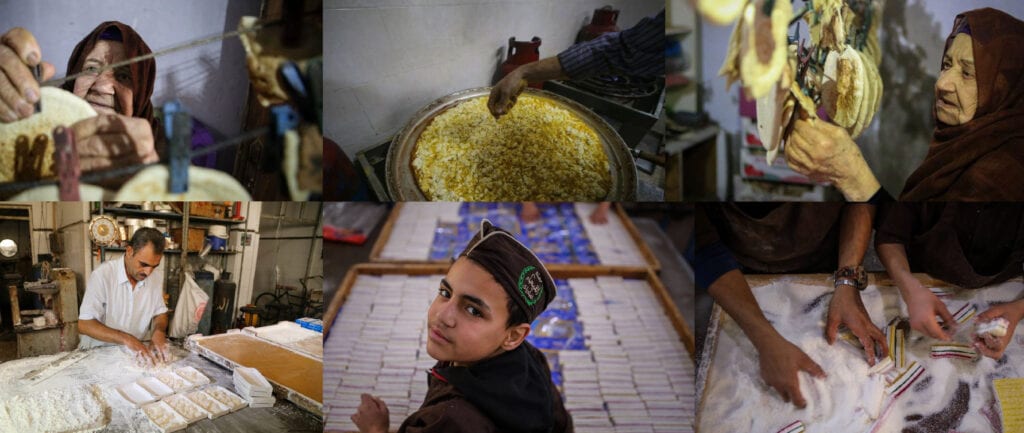

Palestine holds on to a high concentration of world heritage sites with a variety of tourist attractions. With so much room and capacity to grow. The annual revenue and tourism accounts for an abundance of employment, the overall perception of security and difficulties, is deeply affecting the progress. With COVID-19 taking its toll on necessities and development, the importance of investment in skills and infrastructure, and more positive communications to potential visitors – would really help Palestine unlock its potential.
However rather than merely romanticizing the Palestinian landscape, organizations like UNICEF are also making efforts to restore the landscape through collective education and humanitarian intervention to reverse the effects of a 12-year long blockade on Gaza, which has only increased the respect of the observer for the Palestinian spirit that is denied safety, security and education, but has managed to teach the world that in the desert, beyond the Belameh, or the spiritual musical sound of the sea, or the echoing beauty of Khan El-Umdan, there is a united Palestinian voice that transcends boundaries, echoing from the small villages of Ramallah to the Abraham Mosque in Hebron and beyond. Mixing fantasy and reality, the Palestinian struggle for flight and safety appeals at the altar of peace, praying at the monastery of Mar Saba for a future that is common to Muslims, Christians, Jews, and all other religions under the appeal to a common humanity — Palestine.
Can you see me?
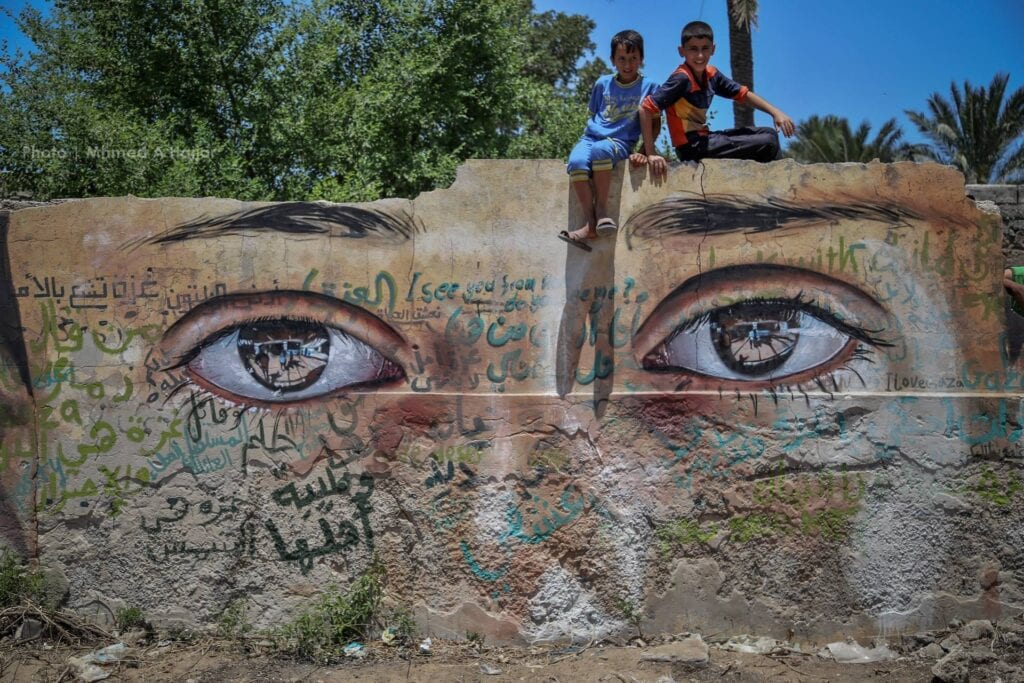

now?



Please help combat the opprobrium and false narratives sweeping the globe as everyone sells their propaganda to the highest bidder, and share the true image of Palestine, its heritage, and its beauty to the world. As the Masochists and maximalists divide and deceive the people, in time the wellspring will still be standing as people unite and drink from one cup.
“If you ever feel lonely, in the region of oppression – please know you have the love and respect from around the world, who see you and the relatively small number of Israeli Jews as the bravest of the brave, people on the front line – who are standing up for justice and the truth.”- George Galloway.
Author: Ryan Ward
An emblem of hope & heritage.
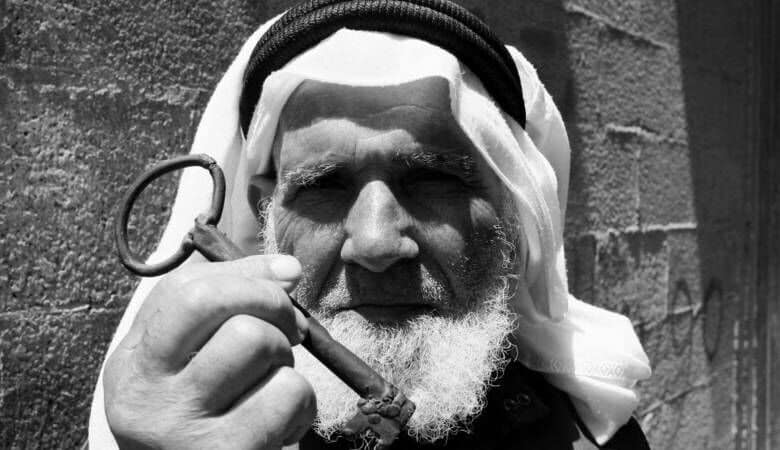
In memory of Razan al najjar.
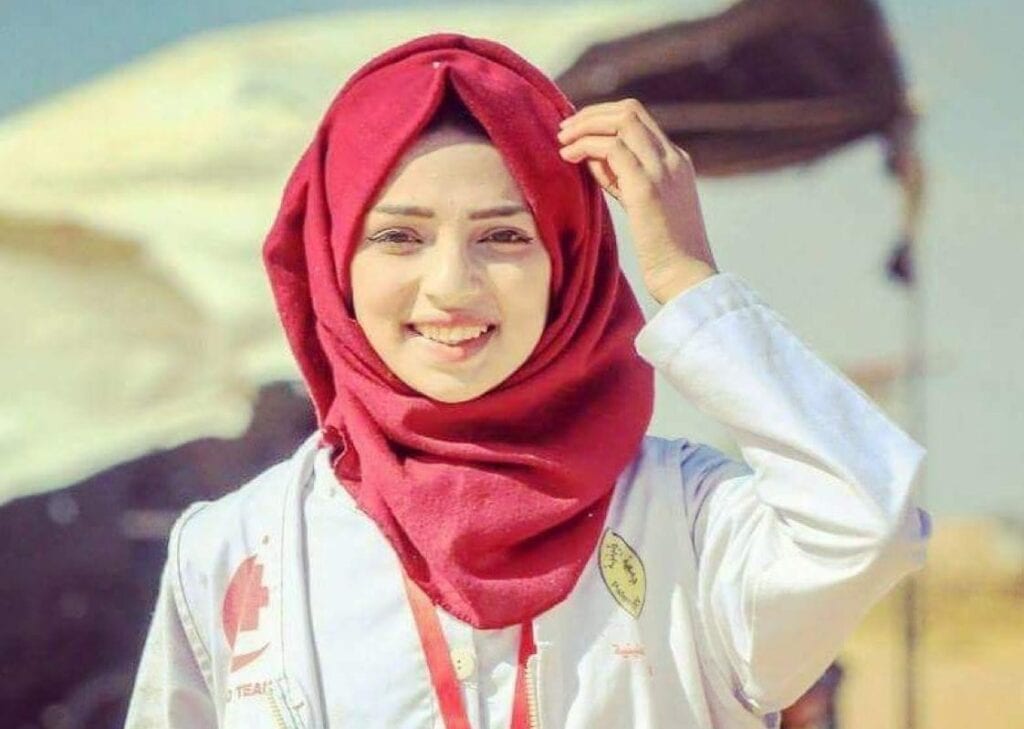
Inspired by:
George Galloway ~ Click here for book
“In other words the veneer that covers our society with the emblems of liberty, justice and democracy are very thin and can be dispensed with by the elected dictatorships that we now have on both sides of the Atlantic.” George Galloway
Miko Peled ~ Click here for book
“The longer the journey continues – and it still continues – the more I discover, the more I learn, the more I…gain understanding and appreciation for the Palestinian experience, for the Palestinian reality, for Palestine itself as a country, as a nation, as a culture.”
Other artists are trying to show the other more elegant face of Gaza, the West Bank, and Palestine as a whole. Mohammed Hajjar, a UAE based photographer and filmmaker, who was injured trying to document the protests at the Gaza borders. Setting out to convey a more destruction-free image of Gaza and Palestinians, by capturing moments of absolute innocence and hope in the eyes of Gazan children and youth. We hope you enjoy his works of beauty as much as we do. A true blessing to this world.




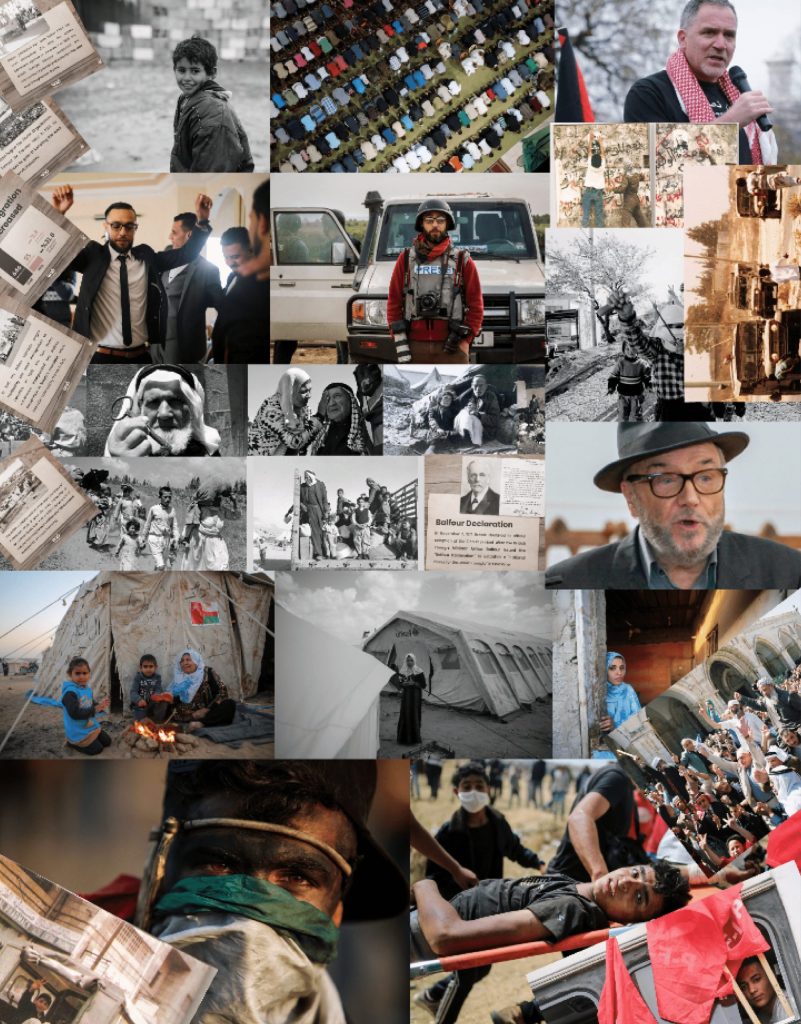
Thank you to everyone who contributed.

